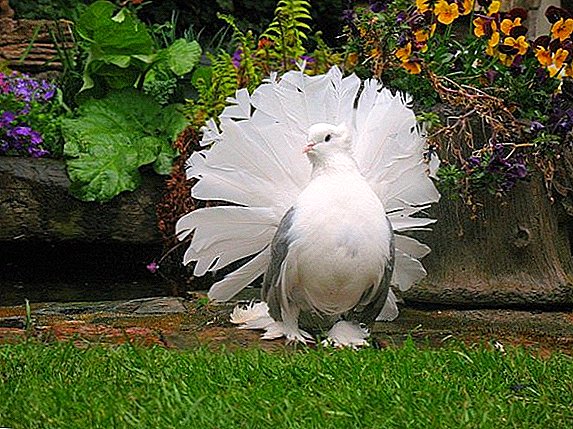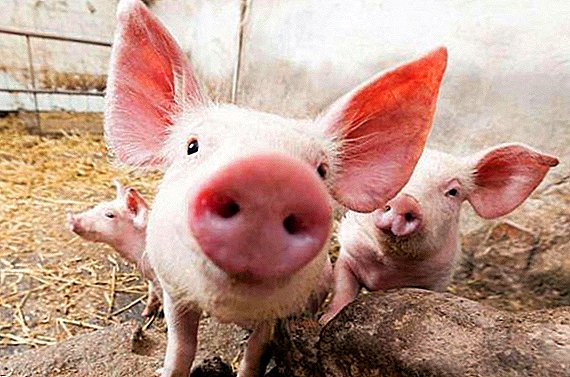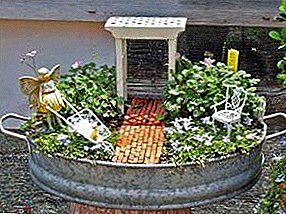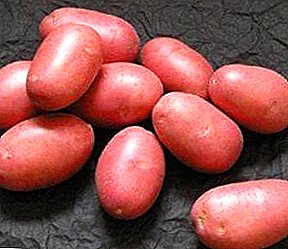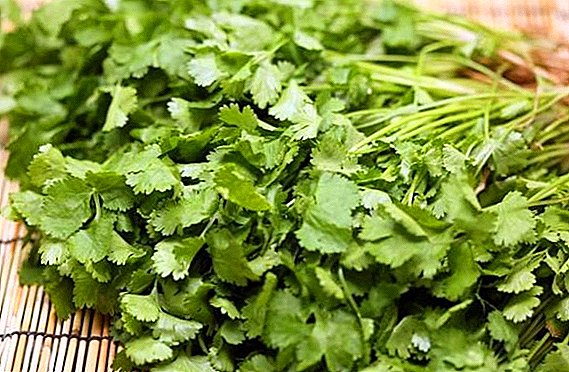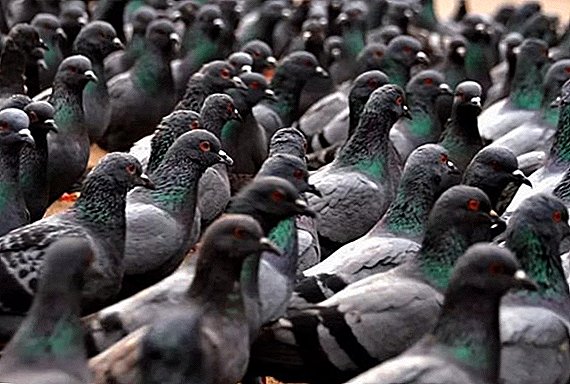 Among the sports competitions for birds a separate place is occupied by the race. Pigeons of sports or postal breeds are allowed to participate in them. Birds should fly from the starting point to their nursery as quickly as possible. Such competitions are widespread all over the world - in Asia, Europe, America. For the successful participation of the bird will need strength, endurance, technology. For professional races only representatives of certain breeds are allowed, and which ones - we will consider in the article.
Among the sports competitions for birds a separate place is occupied by the race. Pigeons of sports or postal breeds are allowed to participate in them. Birds should fly from the starting point to their nursery as quickly as possible. Such competitions are widespread all over the world - in Asia, Europe, America. For the successful participation of the bird will need strength, endurance, technology. For professional races only representatives of certain breeds are allowed, and which ones - we will consider in the article.
Origin of pigeon racing
A few thousand years ago, people noticed the feature of pigeons returning to their nest. This ability began to be used to obtain information from the battlefields, caravan routes and sea expeditions.  In the modern world, pigeon mail has lost its current relevance, and the ability to return to his home marked the beginning of the sports career of former postmen.
In the modern world, pigeon mail has lost its current relevance, and the ability to return to his home marked the beginning of the sports career of former postmen.
Chinese pigeon breeders believe that pigeon competitions emerged in their country more than 2,000 years ago, but then they died out somewhat, and a new surge of interest in this sport arose in the late XIX-early XX centuries.
Read the description of the species and breeds of pigeons, as well as what breeds of pigeons belong to the meat, to the fighting, to the stately, to the post.
Since 1900, these races are one of the unofficial Olympic sports. Racing distance can be from 100 to 1000 km in a straight line or with obstacles. In drawing up the route, the complexity of the route and the winds prevailing in the flight zone are taken into account.
Competitions can be held under the auspices of local clubs golubevodstva, at the national level, as well as internationally. This sport is very high-tech: the pigeon is equipped with a special device - a watch with an electronic scanning function that allows you to track it on the way.  Racing can be seen via live webcasts. The return time of each bird to its nursery is fixed by electronic devices, which makes the definition of the winner as transparent as possible. There are races for solo participants, teams and kennels.
Racing can be seen via live webcasts. The return time of each bird to its nursery is fixed by electronic devices, which makes the definition of the winner as transparent as possible. There are races for solo participants, teams and kennels.
Did you know? In terms of flight speed, pigeons rank fourth in the world after the killer whale, hawk and swallow. But the pigeon is the only one who is almost guaranteed to fly to its nest.
What breeds are involved
Today breeding birds for breeding are champions of past races. Each nursery maintains strict records of their wards.
Thus, the electronic version of the directory of China's golubevodov shows all the available nurseries in China and abroad, gives information about the involved routes, breeding pairs, the conditions of competitions in which these birds participated, information about the distances they traveled, as well as contact information for the owners of the nursery. 
Belgian Postal
Belgium is the ancestor of modern pigeon racing. The first competitions were held in 1840 with a distance of 320 km. Legend has it that the Belgian poultry farmers crossed a pigeon with a seagull for excellent flight performance.
The Belgian researchers themselves believe that their pigeons were the result of the crossing of individuals brought from crusades.
Important! During flight, the pigeon's eyes are exposed to strong air, therefore birds with bulging eyes cannot participate in competitions. The best result will provide a bird whose eyes are well covered by the eyelids, as well as special growths of the skin around it.
The bird of the considered breed is of medium size, similar to the usual gray, with wings of a lighter shade than the body. Feet are not plumped. It is to these birds that modern records belong to the speed of flight and the cost of the flyers themselves. 
English Quarry
The ancestors of the English career consider Baghdad bearded and Asian career, originating from the ancient Persian blood. A distinctive feature of these birds is a long, straight beak with a warty crown. They are quite large, with a long, thin, almost vertical body, there are different colors.
The breed standard approved only three basic colors:
- white;
- the black;
- brownish gray.

Moscow monk
The origin of the name of the breed presumably goes back to the method of flight - these birds fly and feed alone, or from a head-like coloring. It is a white dove with a different colored tail and cap on its head.
Tail and cap can be:
- black
- coffee;
- yellow
Did you know? In 1870 a special pigeon post office worked in Paris.
The head is also decorated with a small crest. The constitution is harmonious, the landing is medium-high, the body is slightly inclined, the plumage is thick and dense. In the post-war period, the selection of Moscow monks led to improved external data and a deterioration in flight qualities. 
Tape Turman
The first mention of the breed dates from 1687 year. Homeland tape turman - Rzhev. Coloring can be any, but the distinctive feature of the breed is a wide ribbon in the tail.
The birds are large, with a faceted shape of the head and a harmonious torso. Inside the breed there are varieties with and without a tuft. Turmans have proven themselves not only in day but also in night flights.
Did you know? The homing pigeon is not a separate breed, but denotes a group of breeds that were used in the pigeon post: English Quarry, Brussels, Antwerp, Lyuttikh.
The English name of the tourman is a roller, it is obtained for its ability to make numerous somersaults in flight. These are very hardy birds with excellent flight and decorative qualities. During World War II, the population suffered a great deal, and work is currently underway to restore the livestock. 
Damascus
Damask pigeons come from Syria or Turkey. Some researchers claim that the breed was known to ancient pharaohs 5,000 years ago. The synonymous name of the bird is the Jerusalem pigeon.
Another, the eastern name of the breed is the pigeon of Mohammed, and the name "Damascus" stuck because of the fact that these birds were brought to England from Damascus.
Familiarize yourself with the peculiarities of keeping at home such popular breeds of pigeons as dutysh, Nikolaev's high-flying, Turkish fighting, Baku fighting, Turkmen fighting, Uzbek, Volga tape, tipplers, Armavir, Kasan, peacock dove.
The body is proportional, squat, protruding chest, with a developed muscle mass, the tail is of medium length, the paws are not plumed. The bird has a large rounded head with a short beak. The color of the pigeon is very original - an icy white color on the wings turns into dark, almost black feathers. The top of the tail is decorated with a wide black stripe. 
Tula hot turman
A feature of this breed is the plumage - its color is called cherry. The ends of the tail feathers are decorated with a white stripe and white mirrors on the wing feathers. In flight, the plumage brightly casts green and lilac highlights, which provided him with an epithet - “hot”.
Important! During the incubation, the female needs to ensure maximum rest. Pigeon feed in this period should be 60% barley.
According to some information, the Tula turman was removed from the Tape turman in the 17th century. These are small oblong birds. The head of the pigeon is decorated with a crest. The head is not large, the neck is long, proportional. The bird has developed muscles, short non-plucked paws. 
Calot
Caloth is a species of pigeons. They do not set records for flights, but were used to intercept "outsiders." Pigeons fly in groups at medium altitude. The bird is of medium size, its torso is harmonious, proportional, with a rounded full breast.
The elongated back of the sloping shape turns into a lush tail. Most often the plumage of these pigeons is white.
German Elster
German Elsters are decorative breeds. The two-tone color gave rise to another name - the Carapace, since the plumage of the head and breast can be of dark shades - coffee, blue-black, etc.
The color is saturated, without extraneous shades. The body is large, proportional. The head is small, narrow, with a long thin neck. The wings are medium, wide, well covering the body. The tail is narrow. On the origin of the breed data is not available. 
Pigeon racing
Pigeon racing is a sporting event in which birds must fly from one point and, after flying a given route, get home. The arrival time in the native nest is fixed by an electronic device on the bird's paw.
From the length of the route and the flight time is determined by the speed. The fastest pigeon is declared the winner.
Did you know? The publication of the "Globe daily" in the publication of an article about pigeons suggested that modern communications, which do not guarantee the complete secrecy of important data, can thus give pigeon mail a second birth.
Young animals can take part in competitions from 6 months, and begin to train him from 2 months. Birds live for about 20 years, but a sports career is only about 5 years. Further, the leaders of races are used only for breeding offspring and improving the breed characteristics. 
In which countries is popular
Races are held in many countries. The leaders are Belgium, UK, France, USA, Taiwan, China.
How are the races?
On the traditional race track, competitors are registered, they wear special number rings and electronic equipment that will record the arrival at the dovecot. Thanks to the GPS navigation system, the race can be monitored via the Internet online.
Competitors are brought to the starting point with special trailers and released. Soaring birds fly to the final landing point.
Competitions can be held both within one country and have international status. The length of the route can be from 100 to 1000 kilometers and be a straight part of the way or contain obstacles, for example, the English Channel.  In China, home to many fans of pigeon competitions. In addition, the internal prize fund of Chinese racing is very high, which stimulates the development of this sport.
In China, home to many fans of pigeon competitions. In addition, the internal prize fund of Chinese racing is very high, which stimulates the development of this sport.
Therefore, China accounts for the most innovations in the race system:
- single goloderomy;
- combined races for several teams;
- electronic navigation systems;
- breeding work to improve the breed signs of sports pigeons.
How to keep pigeons
The content consists of nutrition, care and exercise. There are no special nutritional requirements for athletes. The ration includes wheat grain, barley, oats, millet, also use ready-made feed.
It will be useful for you to learn how to properly keep pigeons at home, how to breed pigeons, what pigeons eat at home, how to keep pigeons in winter.
Sunflower seeds are used as a treat. Feed can be dry and wet. Be sure to use vitamin complexes and prophylactic drugs. Diet should be three times.  Breeding pigeons are registered in a special book, while the bird receives a number, and a special stamp is put on its wing, which is duplicated on a ring, put on the left paw.
Breeding pigeons are registered in a special book, while the bird receives a number, and a special stamp is put on its wing, which is duplicated on a ring, put on the left paw.
At first, after breeding, the chicks are absolutely helpless, and their parents feed them. On the 35th day, the youngsters are deposited in a separate dovecot. At this stage, they must remember the house and the owner, otherwise the bird may be lost and not return to the nest.
Did you know? It is believed that the Rothschild clan owes its wealth to the pigeon. Thanks to this bird, Nathan Rothschild received news of the result of the Battle of Waterloo (1814) 2 days earlier, which allowed him to successfully campaign with securities, and this brought Baron 40 million pounds sterling.
After that, they are trained to return to their pigeon house, each time increasing the distance. In the first year of a career, a pigeon can only participate in competitions for short distances, and at long distances - no earlier than 5 years after the start of a sports career. It is recommended to train males and females separately. 
Records
The participation of carrier pigeons in competitions and the sending of letters creates unique records:
- The fastest flight in history was recorded in 1939 as a pigeon during the flight from Vietnam to France. The bird covered 11265 kilometers in 8 days.
- During World War I, the pigeon numbered 888 was given the rank of colonel.
- The maximum number of pigeon competitions held in Taiwan - there are about 100 per week.
- The maximum mileage flew dove named Brazil Beauty. Its figure is 41,000 kilometers.
- The height of the pigeons reaches 1500 meters.
- The flight speed is 70 km / h, for sports breeds it is about 100 km / h.
 Birds with high flight qualities were created by breeding from ancient times. The improvement of breeds occurs in our days. Breeding sports pigeons for competitions or decorative breeds for exhibiting can be a great hobby and profitable business.
Birds with high flight qualities were created by breeding from ancient times. The improvement of breeds occurs in our days. Breeding sports pigeons for competitions or decorative breeds for exhibiting can be a great hobby and profitable business.

